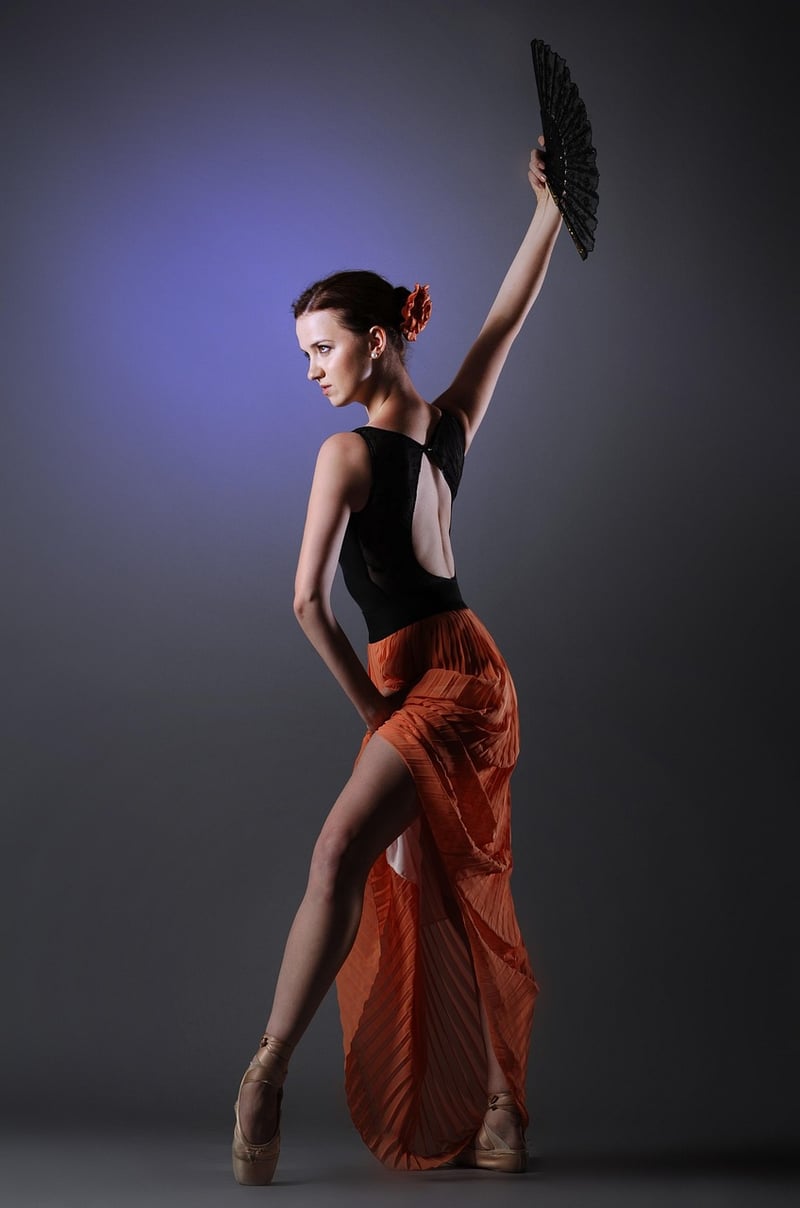Hip Hop
The Power of Expressive and Rhythmic Movement in Hip Hop
When it comes to dance, Hip Hop stands out as a genre that thrives on expressive and rhythmic movement. The fusion of various styles and influences contributes to its dynamic and captivating nature. Let's delve into the significance of expressive movement in Hip Hop and how it embodies the essence of the culture.
Expressing Emotions Through Dance
Hip Hop dance is more than just movement; it's a form of storytelling. Dancers use their bodies as instruments to convey emotions, experiences, and narratives. From the fluidity of waving to the sharpness of popping, each movement is deliberate and purposeful, adding layers of depth to the performance.
Rhythmic Precision
Rhythm is the heartbeat of Hip Hop dance. The ability to groove to the beat, catch the rhythm, and play with musical accents is a hallmark of this style. Whether it's locking, breaking, or krumping, rhythmic precision is key to creating a visually stunning and musically engaging performance.
Freedom of Expression
One of the most appealing aspects of Hip Hop dance is the freedom it offers for self-expression. Dancers are encouraged to bring their unique style, personality, and flair to the movements, resulting in a diverse and inclusive community where individuality is celebrated.
Image Source: Hip Hop Dance Image

Embracing the Culture
Hip Hop dance is deeply rooted in the culture of the streets, reflecting the struggles, triumphs, and creativity of the community. By embracing the culture and history behind the movements, dancers pay homage to the pioneers who paved the way for this art form.
Conclusion
Expressive and rhythmic movement lies at the core of Hip Hop dance, making it a powerful and compelling form of artistic expression. Through storytelling, rhythmic precision, freedom of expression, and a deep connection to the culture, Hip Hop dancers continue to push boundaries and inspire audiences worldwide.
